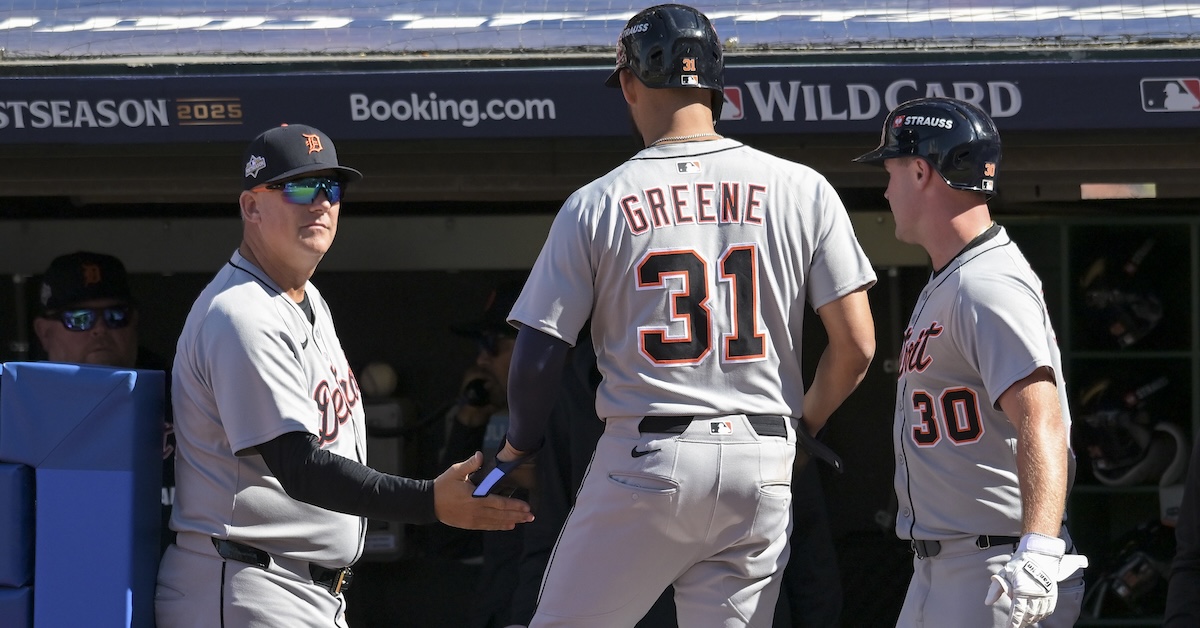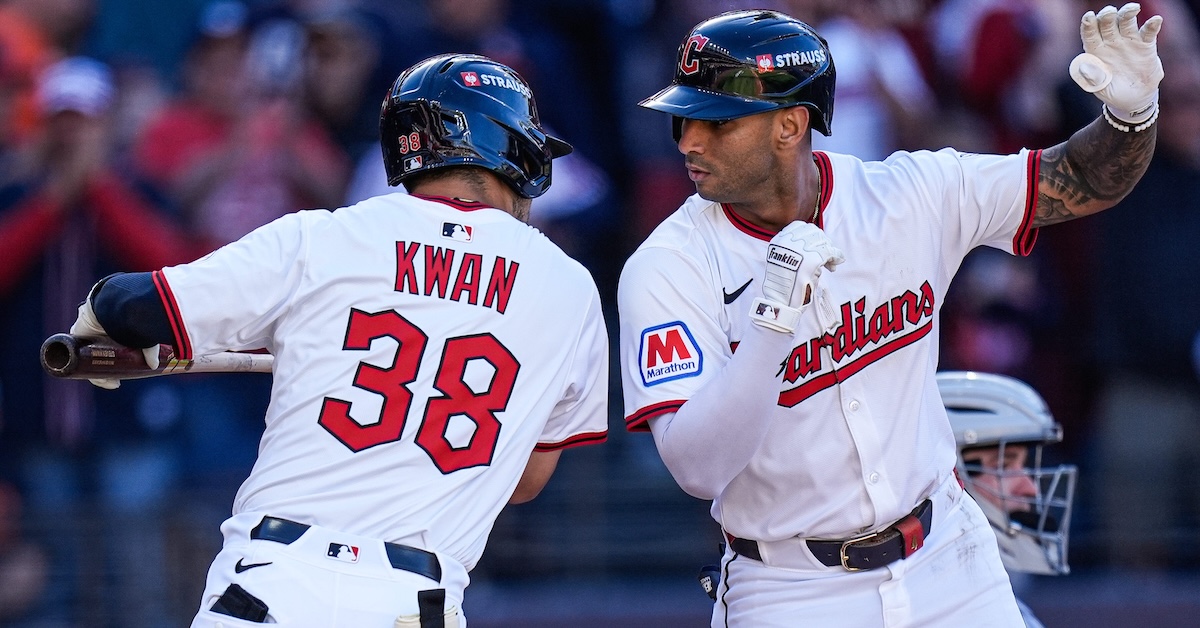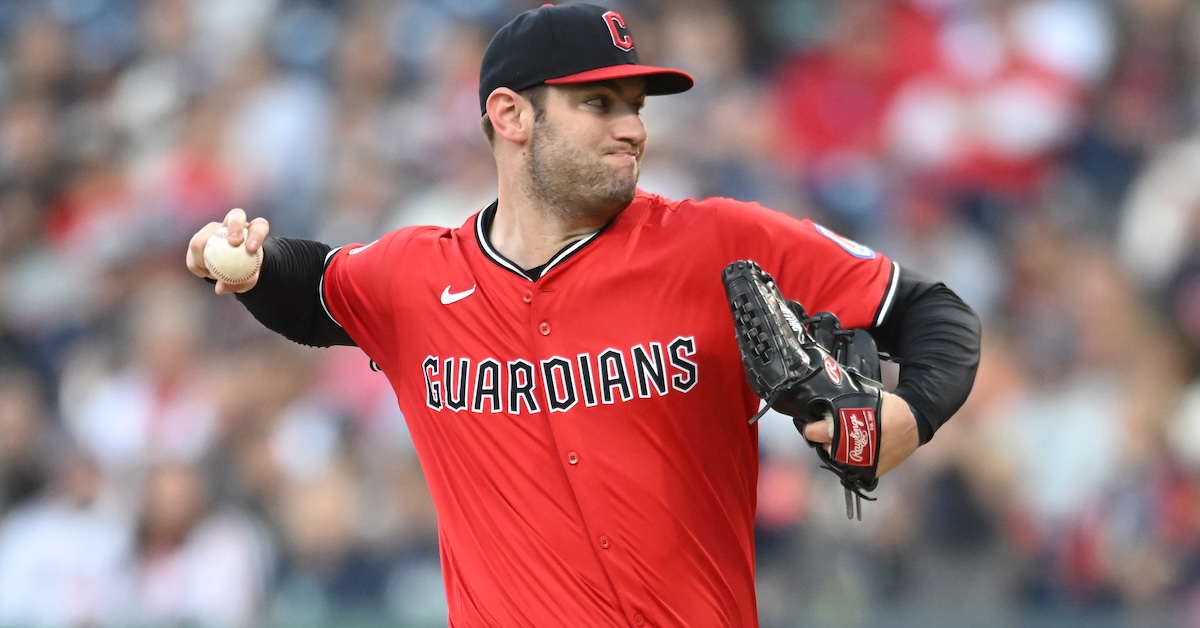Wait, the Tigers Pinch-Hit for Riley Greene?

On Wednesday afternoon, I briefly thought that A.J. Hinch had lost his mind. I really don’t know how else to explain it. With runners on the corners and one out in the top of the seventh inning of Game 2 of the Wild Card Series between the Tigers and the Guardians — which Cleveland won, 6-1 — Detroit had Riley Greene, its best hitter, at the plate with a chance to break a 1-1 tie. The Guardians went to the bullpen, bringing in lefty Tim Herrin. Herrin, a 6-foot-6 curveball specialist, figured to be a tough matchup for Greene; he’s been lights out against same-handed batters throughout his career. But then Hinch made a surprising call to the bench. He pulled Greene back and pinch-hit with Jahmai Jones – and now here I am writing this article.
Jones had one key thing going for him here: Like Inigo Montoya, he is not left-handed. He’s also hit lefties much better than righties in his brief major league career, and in his minor league career, too. Greene, on the other hand, is a poor left-on-left hitter. So you can at least see where Hinch’s decision was coming from. I want to give this kind of shocking decision the full consideration it deserves before just laughing it out of the building – after all, what if it was the right call? So let’s do all the math to get an idea of what Hinch was giving up, and what he was getting.
To model pitcher-against-batter outcomes, I first took projections for both players, the granular ones that consider specific outcomes. I also calculated platoon splits for each player by taking their observed career splits and regressing them toward league average based on sample size. I put those two projections – hitter and pitcher – into a modified log5 formula and used it to predict the likelihood of each possible outcome of a plate appearance. Then I applied those outcomes to the game state when Greene’s spot came up in the lineup.
That’s a lot of explanation jammed into one paragraph, so I think an example is in order. Let’s say that the Jones-Herrin confrontation results in a single 25% of the time, a deep fly ball 25% of the time, a strikeout 25% of the time, and a walk 25% of the time. Those are nowhere near reasonable, of course, but just an example. A single would mean runners on first and second (at least) and a 2-1 lead, for a win probability of 73.4%. A deep sacrifice fly? That would get the Tigers to 66.6%. A strikeout? 50.1%. Walk? 65.7%. Average those four probabilities, and the Tigers come out with a 64% chance of winning the game. There are more than four possible outcomes, of course, but this process is how I turn outcomes into win probabilities. Read the rest of this entry »








